Co-design Guide
Working with three architectural practices on a guide to co-design, the process of working collaboratively to arrive at a completed design
Working with three architectural practices on a guide to co-design, the process of working collaboratively to arrive at a completed design
category: ongoing project
Collaborative design, or co-design, is gaining support among groups wishing to come together to build their own homes. The question is how to do it? ftwork has brought together three practices who have completed co-design projects to produce a guide for general use.
Few architects have experience of collaborating in the design process and self-builders generally don’t know where to start. Architecture practices Pollard Thomas Edwards, Architype and Studio Polpo have all devised their own collaborative methods while working on innovative cohousing or self-build projects. PTE’s New Ground prize-winning cohousing in Barnet was designed with OWCH, a group of older women wishing to live as a small community, with individual flats but also shared facilities to cook, eat and socialise together. Ladywell is a project devised by housing collective The RUSS. Based in Lewisham, they formed a land trust and appointed Archetype to collaborate in designing a self-build development of 26 flats on a canalside site. Studio Polpo, a Sheffield-based practice, has worked with a local self-build group to convert a large Victorian house and build additional houses in the garden. The difference in context and scale provides the opportunity to use three stories and three sets of experience to illustrate a simple explanation of the stages and collaborative nature of the design process.
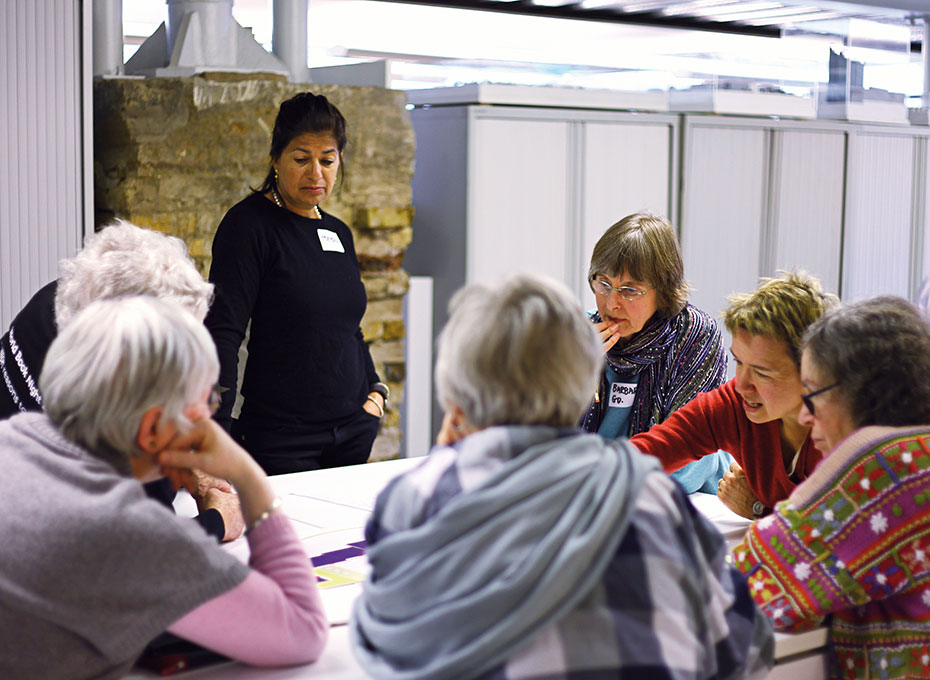
ftwork initiated the project, having had previous experience in collaborative design and keen to encourage the growing interest in community-led building. ftwork is coordinating and editing the content of the guide.
“most importantly we helped the group to understand how decisions about how they wanted to live would influence the design of the scheme”
— Patrick Devlin, Partner PTE
ftwork has devised the Co-design Guide itself as a collaborative effort, pooling the experience of three practices who already have strong reputations for working collaboratively and who understand the social purpose of design. The degree of engagement, self-determination and mutual support developed among the groups involved in co-design encourages a real sense of community and can even act as a catalyst to build social cohesion in the local neighbourhood.
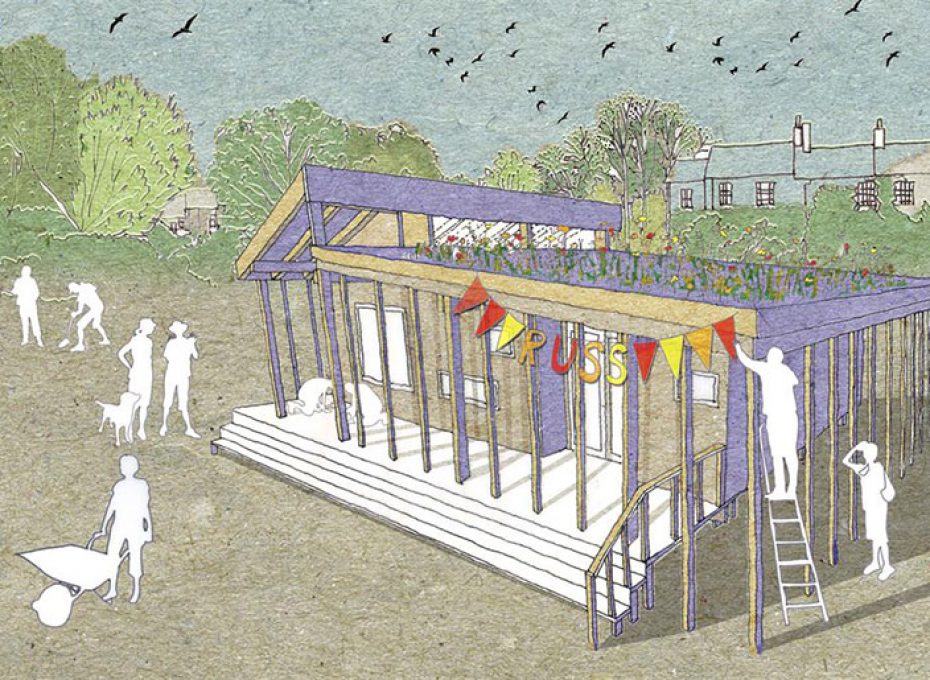
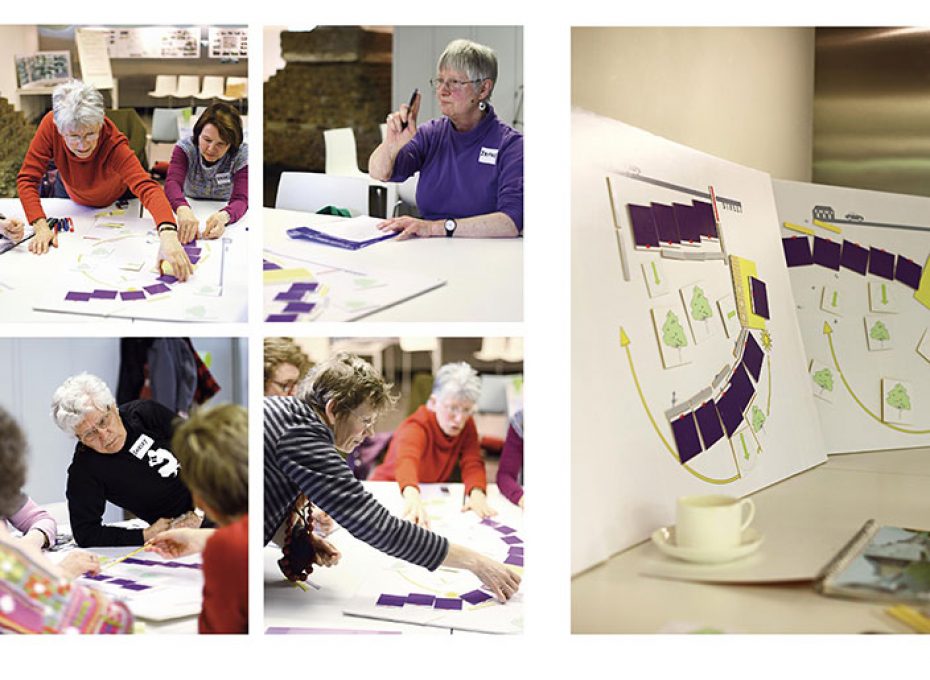
ft´work is keen to encourage community-led building as a means of addressing the housing shortage, while also helping communities to thrive. Co-design can play an important part in this process, but it cannot be used more widely until self-builders, architects and local planners have the expertise to carry it out. The guide will provide the means to make that possible.
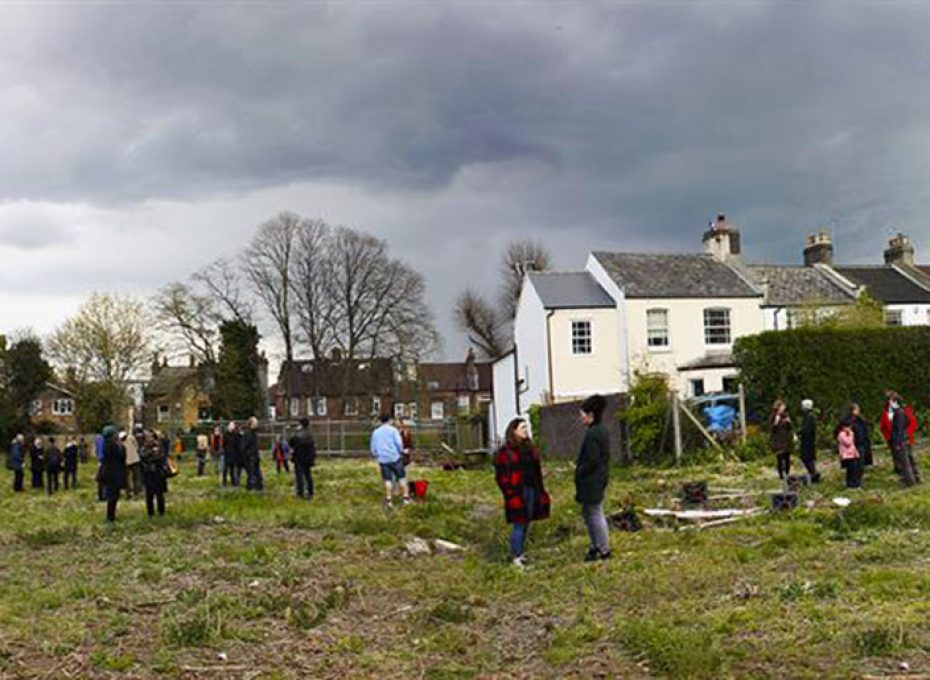
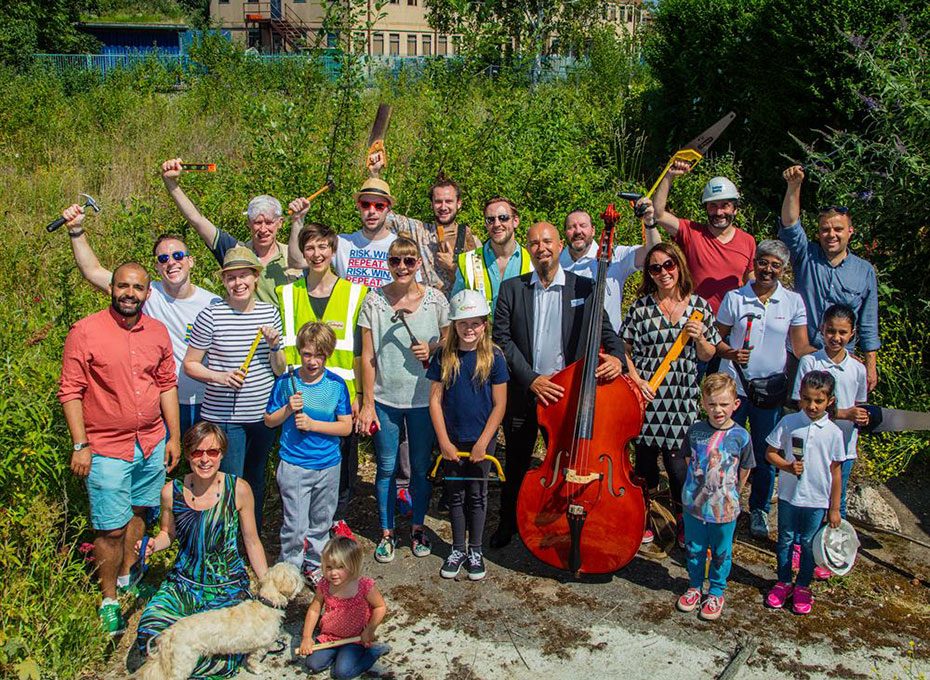
credits: